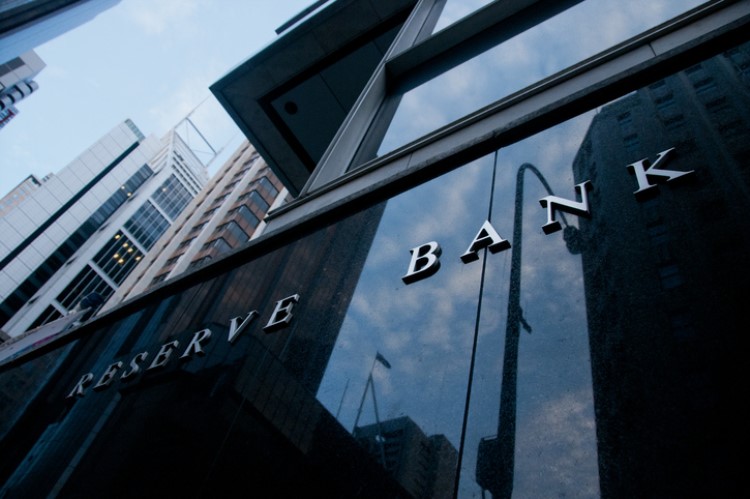
Despite the growing projections of a rate cut, some economists and market watchers still believe that there is not enough reason for the Reserve Bank of Australia (RBA) to do so.
ANZ Bank head of Australian economics David Plank is one of the naysayers, saying that the central bank is still more likely to keep rates intact at 1.5% before introducing a higher rate in 2021.
While it is true that the economic growth in Australia moderated in the second half of last year, he told Business Insider that similar incidents in the past did not necessarily trigger a rate cut.
"The RBA’s objectives are unemployment and inflation, not GDP. There have been times the RBA has eased when GDP growth has been weak. But it has also cut rates when GDP growth has been strong and accelerating. And it has raised rates when GDP growth has looked relatively soft," he said.
Also Read: RBA flags uncertainty in Australia's housing market
Plank said RBA is currently more concerned with employment growth, which is set to remain firm for the time being. According to ANZ Labour Market Indicator (LMI), stability can be expected in the next six months, which is in line with RBA's latest forecast.
"Some leading indicators are painting quite a bearish picture on unemployment. The LMI suggests the point of maximum downward pressure on the unemployment rate has passed, but it does not yet point to a period of rising unemployment. For this reason, we expect the RBA to stay on hold in 2019 and 2020," he said.
HSBC chief economist for Australia and New Zealand Paul Bloxham agreed with Plank, adding that the stable employment and tax relief would be able to prevent any rate cuts from the central bank.
"Tax cuts could be a better solution for this challenge than cutting already-low interest rates even further," he told Business Insider Australia.
Bloxham said RBA would only be forced to cut rates if the unemployment rate worsens.
"Our view is that while the positive momentum in the labour market continues, the RBA will be able to credibly argue that wages growth should continue to trend higher, supporting consumer spending and allowing it to continue to forecast that inflation will gradually head back to target," he said.
Collections: Mortgage News



Share